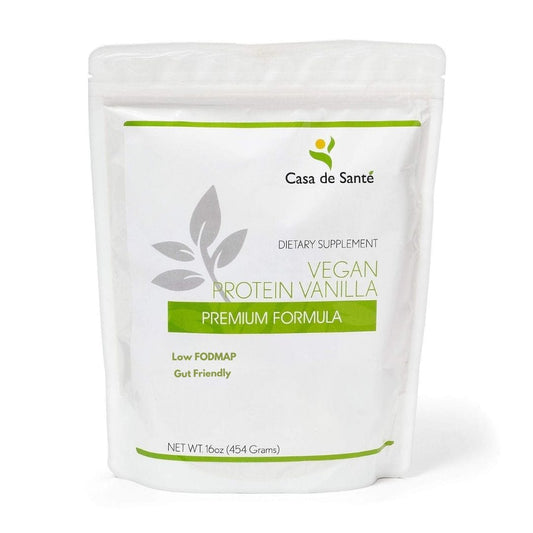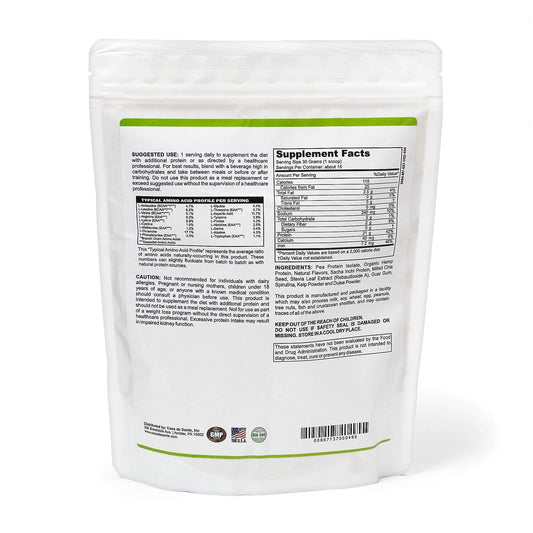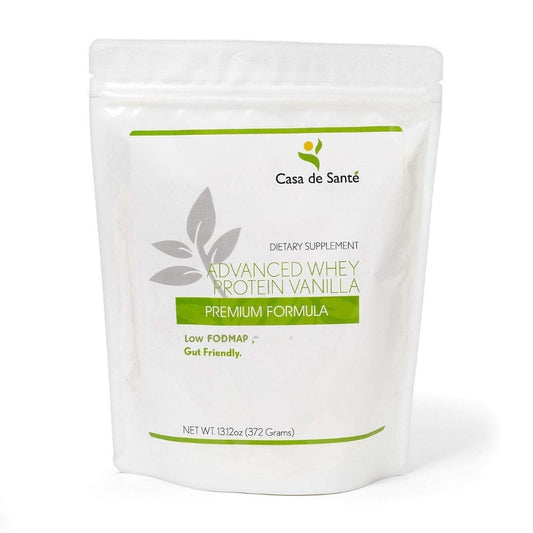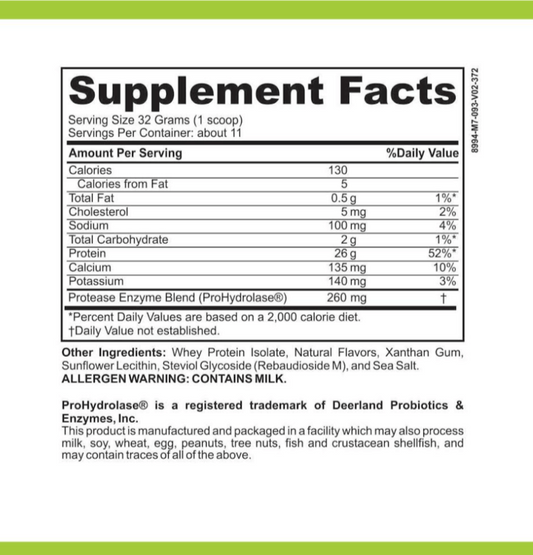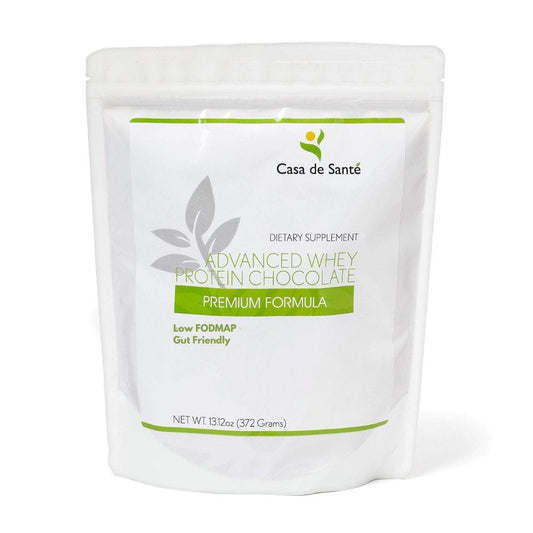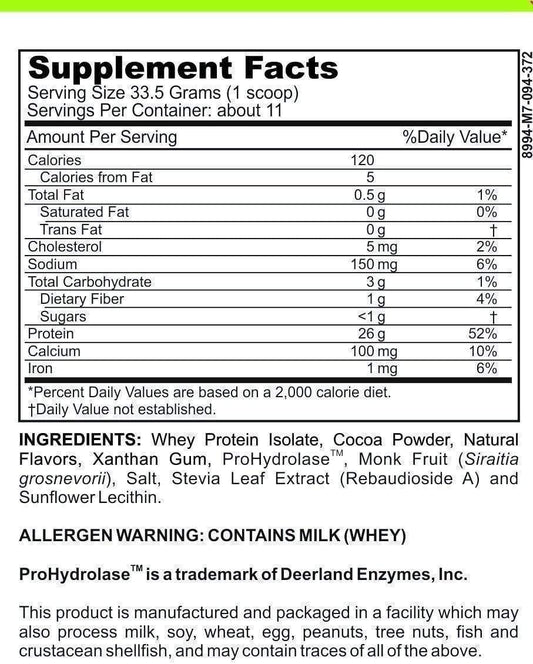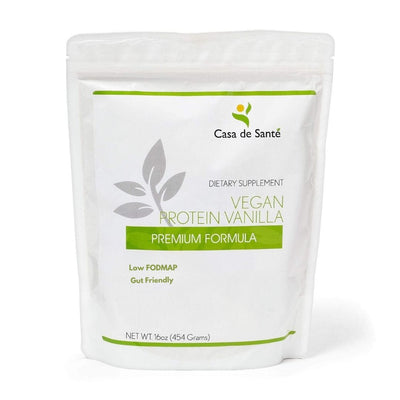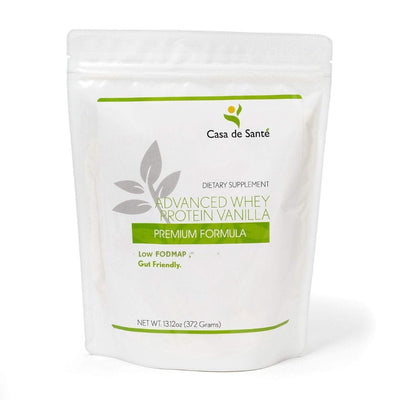Argireline Peptide: Benefits, How It Works, and Tips for Smoother, Younger-Looking Skin
Lately I've noticed more buzz around peptides in skincare and one ingredient keeps popping up—argireline peptide. This molecule has caught the attention of beauty enthusiasts and skincare experts alike thanks to its reputation for smoothing the look of fine lines.
I’m always curious about what really works and what’s just hype. Argireline peptide stands out because it’s often called a gentler alternative to more invasive wrinkle treatments. If you’re searching for ways to support youthful-looking skin without needles or downtime you’ll want to know what makes this peptide so intriguing.
What Is Argireline Peptide?
Argireline peptide refers to a synthetic hexapeptide with the scientific name acetyl hexapeptide-8. I find this peptide notable in skincare for its anti-aging effects, specifically its ability to minimize fine lines and dynamic wrinkles. Researchers designed argireline to disrupt the neurotransmitter release that causes muscle contractions, an action similar to botulinum toxin but with a gentler approach when applied topically (source: International Journal of Cosmetic Science, 2013).
I recognize argireline in products targeting expression lines around areas like the forehead and eyes, offering an alternative to injectable treatments. This peptide's structure allows it to penetrate the skin and interact with the SNARE complex, a protein group involved in muscle movement. By limiting repetitive facial contractions, argireline reduces wrinkle visibility associated with facial expressions.
Argireline fits within the class of signal peptides used in cosmeceuticals. Clinical evaluations indicate that topical application of argireline at concentrations between 5% and 10% delivers visible improvements in wrinkle depth (source: Cosmetics, 2021). I see this ingredient commonly paired with other skin-rejuvenating agents, such as hyaluronic acid or collagen peptides, enhancing overall results in anti-aging routines.
How Argireline Peptide Works
Argireline peptide targets visible signs of aging by affecting muscle movement at the skin's surface. I focus here on how this synthetic peptide interacts with facial expression lines using up-to-date clinical evidence.
Mechanism of Action
Argireline peptide, also called acetyl hexapeptide-8, works by interfering with neurotransmitter release at the neuromuscular junction. I look at research showing that this peptide mimics a portion of the SNAP-25 protein, part of the SNARE complex involved in muscle contraction. By blocking the SNARE complex assembly, argireline reduces muscle contractions that lead to expression wrinkles, such as crow’s feet and forehead lines. Peer-reviewed studies highlight visible wrinkle reduction when argireline is applied topically at 5–10% concentration over several weeks (International Journal of Cosmetic Science, 2013).
Comparison to Other Peptides
Argireline peptide distinguishes itself from other skin-active peptides by acting at the neuromuscular level. I note that traditional signal peptides, like palmitoyl pentapeptide-4 (matrixyl), stimulate collagen and elastin production, promoting structural skin repair. Carrier peptides assist with delivering trace elements essential for enzymatic activity in skin cells. Unlike these examples, argireline peptide acts by relaxing muscles just beneath the skin’s surface, without altering collagen directly. This mechanism makes argireline a unique wrinkle-reducing agent among skin care peptides.
Benefits of Argireline Peptide in Skincare
Argireline peptide offers targeted benefits for visible aging, especially for those noticing early signs like fine lines. I’ve seen its science-backed mechanism appeal to a wide range of skin concerns.
Anti-Aging Effects
Argireline peptide reduces the appearance of dynamic wrinkles that result from repeated facial movements. Studies, such as one published in the International Journal of Cosmetic Science (2013), report significant decreases in wrinkle depth after four weeks of topical use at 10% concentration. I notice improvements especially in areas prone to expression lines—like the forehead and around the eyes—where this peptide interrupts muscle contraction signals. Over time, continued application makes skin look smoother and expressions less likely to leave lasting creases.
Suitability for Different Skin Types
Argireline peptide suits various skin types, including sensitive, dry, oily, and combination complexions. Its low irritation profile makes it preferable for those who react to stronger actives or injectables. I find it integrates well into routines with ingredients like hyaluronic acid, never causing excessive dryness or redness when used as directed. For aging skin showing fine lines or those seeking preventative care without invasive treatments, topical argireline products work across diverse age groups and dermatological backgrounds.
Potential Side Effects and Considerations
Argireline peptide, when used in topical formulations, generally causes fewer adverse reactions compared to aggressive actives. Most people experience minimal irritation or redness, with clinical data showing a low frequency of sensitivity events under 5% (International Journal of Cosmetic Science, 2013). Individuals with highly sensitive skin, for example those with eczema or rosacea, sometimes notice temporary tingling or mild stinging after application.
Allergic reactions to argireline peptide remain uncommon. Patch testing helps identify possible sensitivities before widespread use. If I notice sustained itching, swelling, or hives, I discontinue use and consult a dermatologist to rule out allergies.
Concentration levels influence tolerability. Formulas containing 5%–10% argireline peptide tend to balance efficacy with comfort, according to research (Journal of Cosmetic Dermatology, 2012). Exceeding recommended concentrations could increase the likelihood of irritation, particularly for those with compromised skin barriers.
Combination with other actives, such as acids or retinoids, occasionally raises irritation risk. I introduce argireline peptide gradually when using multiple potent ingredients in my regimen to avoid cumulative sensitivity.
Photosensitivity is not a common side effect of argireline peptide. Topical use does not increase sun reactivity, unlike ingredients such as alpha hydroxy acids. I still apply a broad-spectrum sunscreen daily as part of standard photoprotection.
Pregnant and breastfeeding individuals do not have established safety data for topical argireline peptide and should discuss its use with their healthcare provider before starting consistent application.
Monitoring skin response provides the best guidance. I adjust frequency or concentration if I notice persistent discomfort, dryness, or textural changes linked to argireline peptide in my routine.
How to Use Argireline Peptide Products
Applying argireline peptide in a skincare routine supports visible wrinkle reduction, especially in expression-prone areas. I follow targeted strategies to maximize both efficacy and safety.
Application Tips
Layering argireline peptide products works best after cleansing and before heavier creams or oils. I start by patting skin dry to prevent dilution of the peptide. Dispensing a pea-sized amount of a 5% or 10% argireline serum, I apply it directly to areas like the forehead, between the brows, and crow’s feet, focusing on expression lines. I avoid spreading it too close to the eyes or lips to reduce chances of irritation.
Integrating argireline with hydrating agents, I apply a hyaluronic acid serum after the peptide to lock in moisture. Using the peptide both morning and night allows for continuous activity, unless I notice irritation, in which case I decrease frequency to nighttime only. Patch testing before full application helps me monitor for redness or tingling. Consistent use, shown in clinical trials at 8–12 weeks, provides maximum benefit for visible line reduction.
Product Recommendations
Selecting argireline peptide formulations requires attention to concentration, ingredient synergy, and texture. I look for serums or gels containing a concentration between 5% and 10%, since studies indicate this range balances visible smoothing with low irritation risk. Choosing combination products, I prefer those that also include hydrating or barrier-support ingredients like hyaluronic acid, niacinamide, or peptides from the collagen-supporting class. Lightweight, water-based formulas absorb effectively and facilitate layering under moisturizers and sunscreens.
If adding argireline into an established regimen, I pair only with compatible actives—avoiding acidic exfoliants or strong retinoids in the same step to minimize sensitivity. For best results, I reapply a broad-spectrum sunscreen every morning, as this ingredient category works synergistically with peptides to prevent photoaging.
Key Takeaways
- Argireline peptide (acetyl hexapeptide-8) is a synthetic peptide known for reducing the appearance of fine lines and dynamic wrinkles by inhibiting facial muscle contractions similar to a gentle, topical alternative to Botox.
- Clinical studies support the effectiveness of argireline at concentrations of 5–10%, particularly for expression lines on the forehead and around the eyes, with visible wrinkle reduction within 4–8 weeks of consistent use.
- Unlike other peptides that focus on collagen production, argireline works at the neuromuscular level, making it unique for targeting muscle-related wrinkles without invasive procedures.
- Argireline peptide is suitable for a wide range of skin types, including sensitive skin, due to its low irritation profile, but patch testing is recommended to avoid rare allergic reactions.
- For optimal results, apply argireline peptide serums after cleansing and before moisturizers, pairing with hydrating ingredients like hyaluronic acid while avoiding simultaneous use with strong acids or retinoids.
- Consistency and correct layering are key to maximizing anti-aging benefits, but always monitor for irritation and use sunscreen daily to support overall skin health.
Conclusion
Exploring argireline peptide has opened my eyes to just how much innovation is happening in skincare. I appreciate having a gentle yet effective option for targeting expression lines without resorting to invasive treatments.
If you’re curious about smoothing fine lines or want a preventative approach to aging, incorporating argireline into your routine could be a smart move. I’m excited to see how this ingredient continues to shape the future of non-invasive anti-aging solutions.

